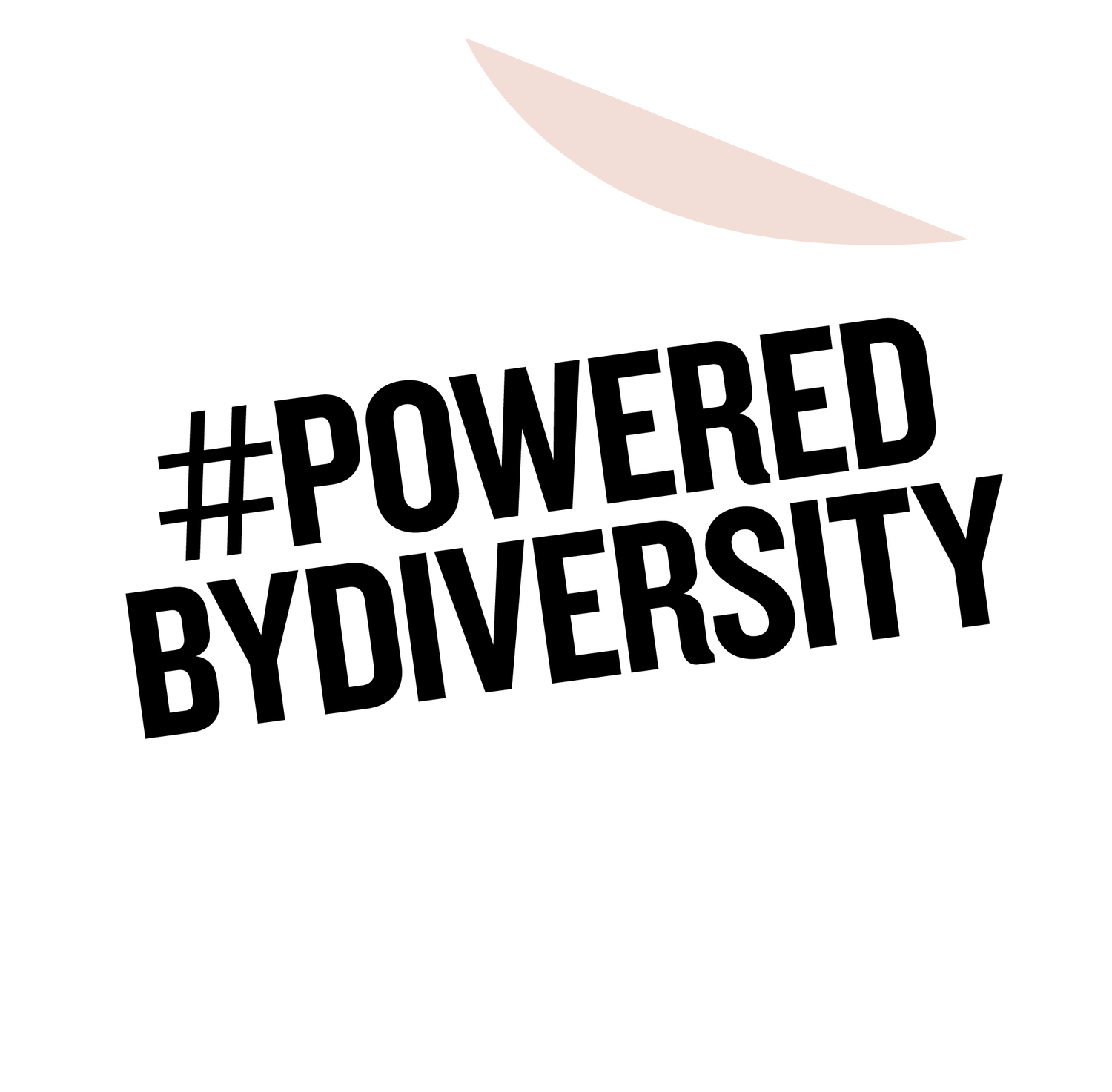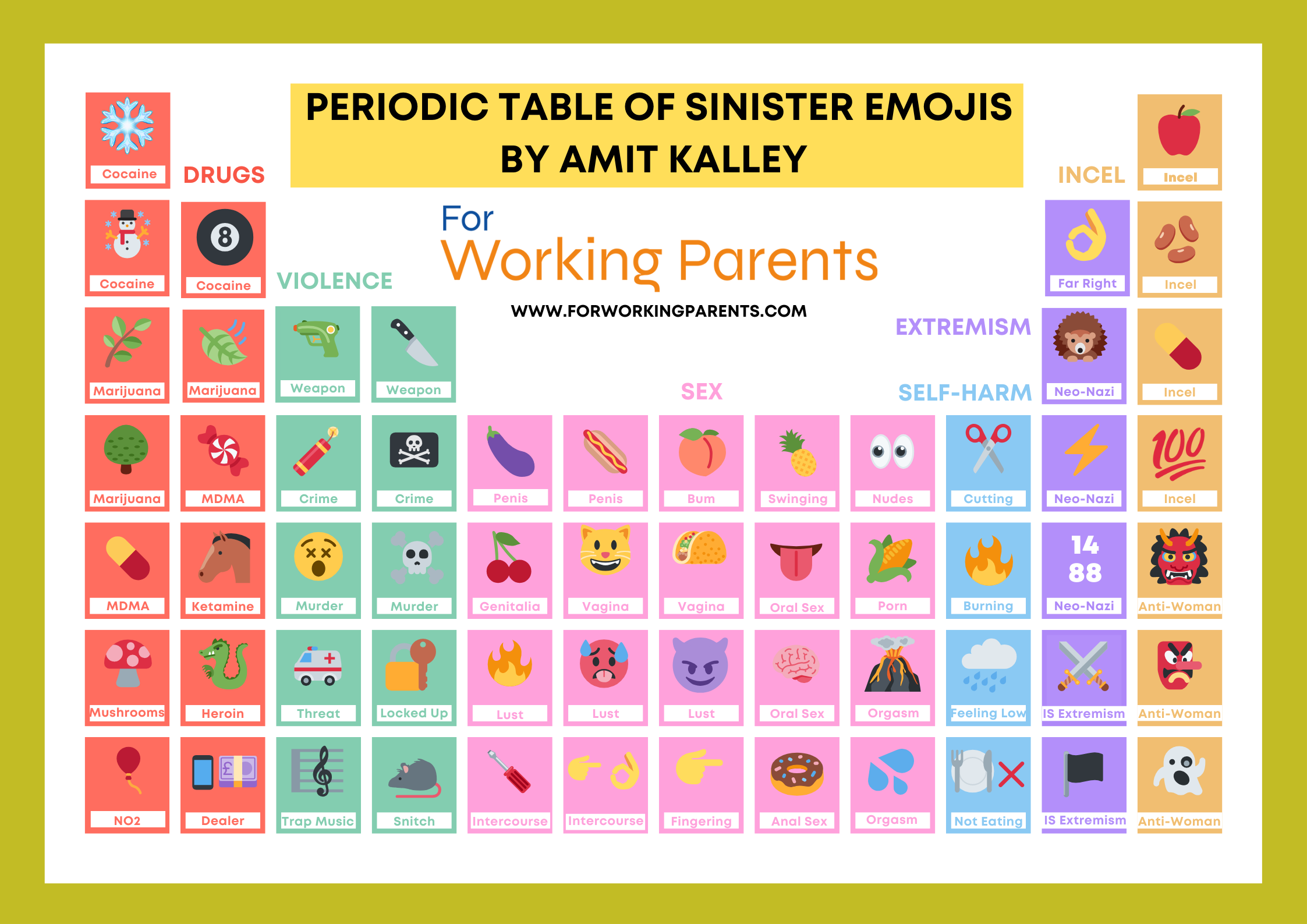Why I Created the Periodic Table of Sinister Emojis
By Amit Kalley
After watching the Netflix series Adolescence, one thing became painfully clear: many parents are completely out of touch with how their children actually communicate.
Today’s teens live in an online world where emojis are more than fun expressions, they’re a secret language. A peach or an eggplant might not just be food; a snowflake might not mean winter. In the wrong context, these symbols can point to drugs, sex, violence, self-harm, or even extremism. But to most adults, they look innocent.
That’s what inspired me to create the Periodic Table of Sinister Emojis, which ended up going globally viral, featuring on printed media around the world, and being featured by the BBC in the UK and Fox News in America.
This resource was designed to raise awareness, not to spark panic or judgment. Parents don’t need to decode every emoji, but they do need to be aware of how language is evolving, and how it might be hiding serious issues in plain sight. Understanding the possible alternative meanings behind these icons can open the door to better conversations and timely interventions.
We can't protect young people if we don't understand the way they speak, even when it's in symbols.

